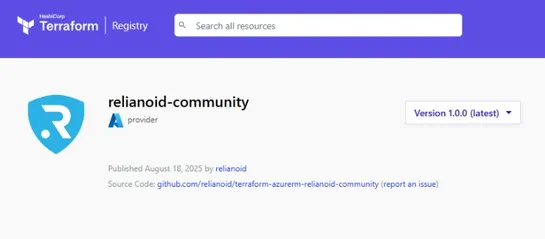RELIANOID at CII Delhi International Technology Summit 2025
16–17 December 2025 - New Delhi, India Our team continues a packed December schedule, and we’re excited to add another key event: the CII Delhi International Technology Summit 2025. Focused on “Accelerating the Techade”, this summit brings together industry, government, and research leaders to shape..







